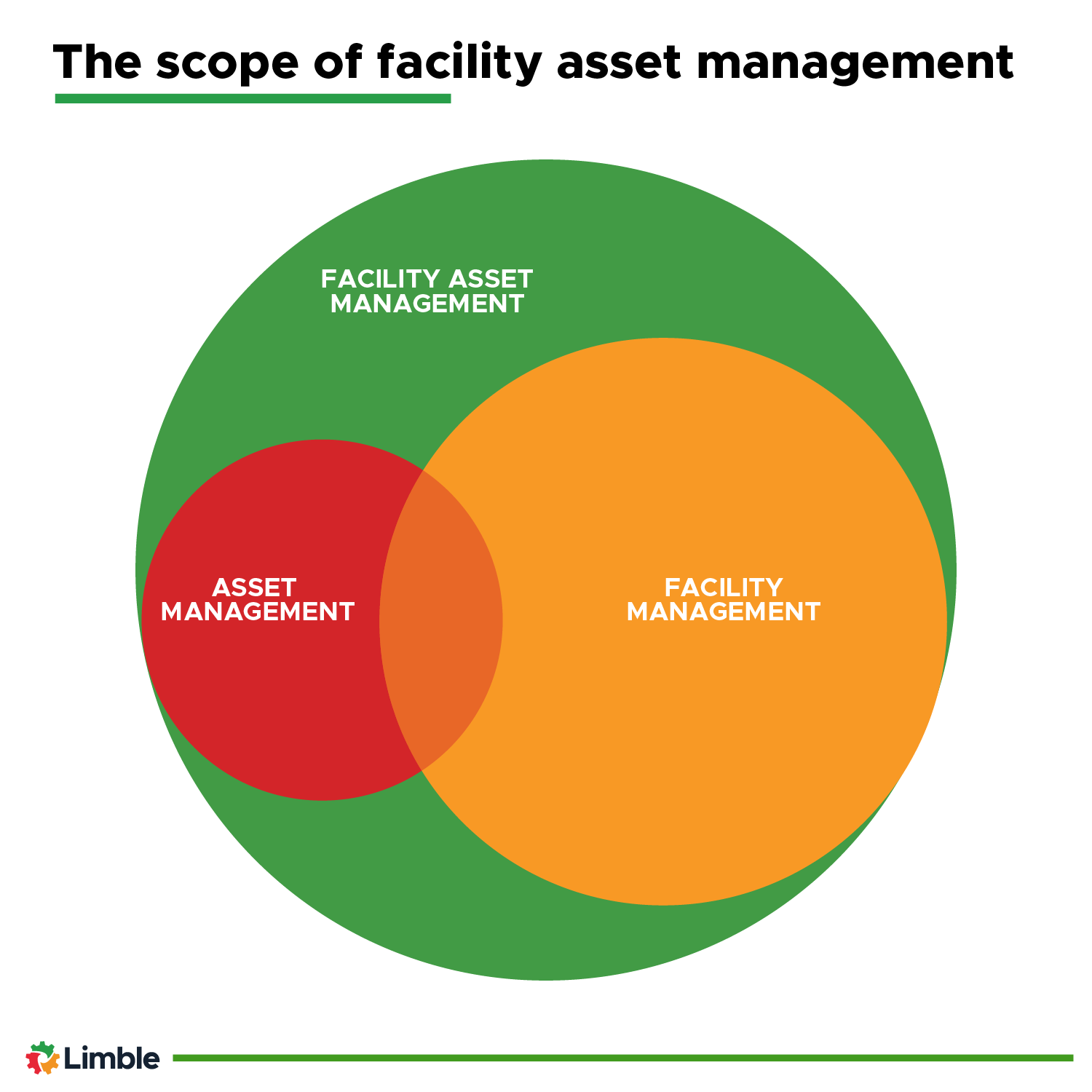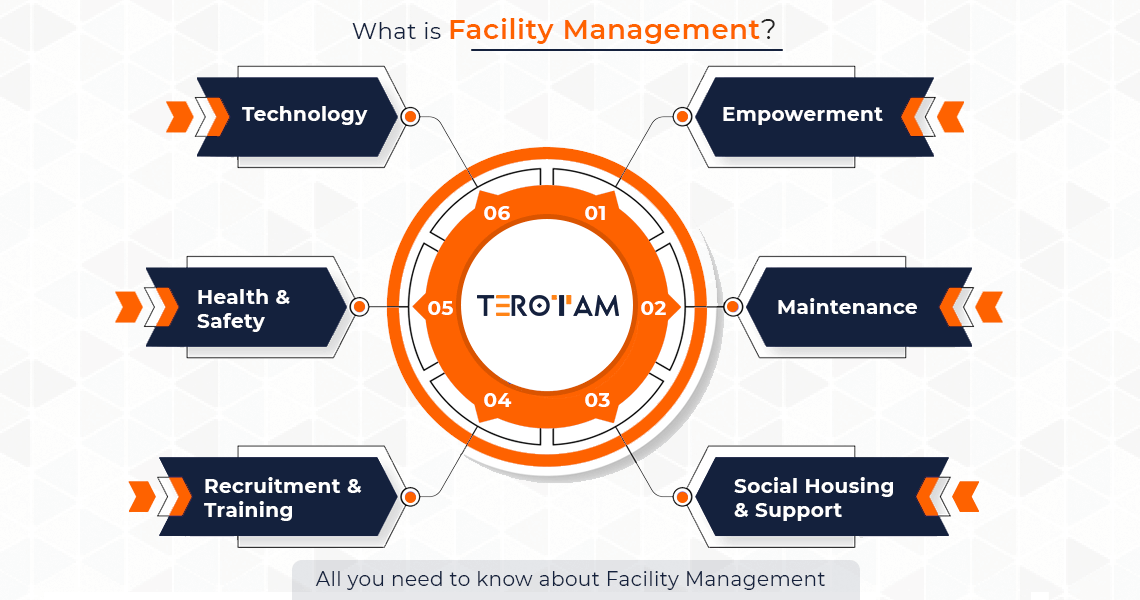Key Patterns Forming the Future of Center Management in 2024
As we look in advance to 2024, the landscape of facility monitoring is positioned for considerable change, driven by several vital patterns. The integration of clever structure innovations and a change in the direction of data-driven decision-making guarantee to enhance functional effectiveness while focusing on sustainability in method.
Smart Building Technologies

Smart building innovations include a vast variety of systems, including intelligent illumination, a/c controls, and safety and security systems. By incorporating these systems, center supervisors can monitor and readjust parameters in real-time, resulting in considerable reductions in energy waste and operational costs. Smart sensors can detect occupancy degrees and readjust illumination and temperature accordingly, ensuring that power is just utilized when required.
Moreover, these technologies promote improved data collection, allowing companies to track usage patterns and identify possibilities for more enhancements. The implementation of clever structure innovations not just adds to sustainability goals but additionally produces healthier workplace that can enhance worker productivity and fulfillment.
As we move right into 2024, the adoption of clever building modern technologies will likely speed up, reflecting a more comprehensive shift in the direction of more smart, responsive, and lasting facility administration practices.
Data-Driven Choice Making
Increasingly, companies are leveraging data-driven decision making to boost facility administration practices. By using data analytics, center managers can obtain workable insights that dramatically improve functional efficiency and source allocation. The combination of innovative innovations, such as IoT sensing units and real-time monitoring systems, allows the collection of substantial amounts of information on building efficiency, tenancy rates, and energy intake.
This wealth of info permits center managers to determine fads, predict maintenance requirements, and proactively address concerns before they escalate. As an example, anticipating analytics can forecast equipment failures, minimizing downtime and repair costs. Furthermore, data visualization devices promote far better communication among stakeholders, guaranteeing that notified decisions are made collaboratively.
Additionally, data-driven strategies boost strategic planning by enabling facility managers to assess the effectiveness of current practices and make informed choices concerning investments in technology or infrastructure. As organizations increasingly prioritize functional quality, data-driven choice production is poised to end up being a cornerstone of successful center monitoring approaches in 2024 and past. Inevitably, the capacity to utilize information efficiently will equip organizations to create extra reliable, efficient, and durable facilities.
Sustainability and Green Practices
The focus on data-driven decision making naturally straightens with the expanding focus on sustainability and green techniques within center administration. As organizations significantly focus on environmental duty, center managers are leveraging analytics to maximize source usage, lower waste, and reduce carbon impacts. This tactical technique enables the combination of energy-efficient systems, such as LED illumination, smart cooling and heating controls, and eco-friendly energy resources into center procedures.
Furthermore, the execution of sustainable practices prolongs beyond power consumption. Center managers are embracing environment-friendly materials and advertising reusing initiatives to produce a round economic climate within their centers. This not only improves the environmental profile of the company but likewise fosters you could try this out a culture of sustainability amongst employees.
Conformity with ecological policies is an additional vital facet driving the adoption of eco-friendly techniques. By utilizing data analytics, center supervisors can keep track of conformity metrics and recognize areas for enhancement, making certain adherence to global and local sustainability requirements.
Crossbreed Job Models
A considerable change towards crossbreed job models is reshaping the landscape of facility administration in 2024. This standard incorporates remote and in-office work, requiring a reevaluation of area application, source allocation, and employee interaction methods. Organizations are significantly identifying the importance of flexible workspaces that deal with diverse needs and preferences.
Facility supervisors should adjust by executing versatile office layouts that support joint efforts while supplying locations for focused job. This includes the combination of modern technology to help with smooth interaction and partnership amongst remote and in-office workers. Smart structure solutions, geared up with analytics and sensing units, enable real-time surveillance of room usage, allowing companies to maximize their environments effectively.
In addition, hybrid work designs stress the demand for effective facility administration that focuses on staff member experience. This encompasses not only innovation and area layout yet also the development of policies that image source promote a balanced work-life dynamic. As business browse this shift, the duty of center monitoring comes to be crucial in creating a nimble work environment that promotes efficiency and drives business success. Basically, the crossbreed job design is changing center monitoring, urging an aggressive strategy to fulfill the evolving demands of the workforce.
Enhanced Occupant Health
As companies accept hybrid work versions, an increased concentrate on occupant health is ending up being essential to facility monitoring methods. Facility Management. This shift identifies that a satisfied and healthy and balanced workforce straight view website affects productivity and retention prices. Facility supervisors are currently prioritizing settings that promote psychological and physical well-being, incorporating elements such as all-natural lighting, biophilic layout, and easily accessible wellness resources

Innovation plays a vital function in this development. Smart building systems can keep track of environmental factors and adjust settings in real-time, ensuring optimum convenience degrees - Facility Management. Moreover, comments systems, such as occupancy sensing units and staff member studies, enable facility managers to consistently improve wellness campaigns based on resident needs.

Final Thought
In 2024, the future of facility administration will certainly be considerably affected by the integration of wise structure technologies and data-driven decision-making, promoting boosted operational effectiveness. Sustainability initiatives will certainly prioritize environment-friendly techniques, while the emergence of hybrid job versions will necessitate versatile workplace layouts. An enhanced emphasis on occupant wellness through sophisticated A/c systems and biophilic layout will certainly add to much healthier job settings. These trends collectively emphasize the evolving landscape of facility management in response to contemporary challenges and opportunities.
Center managers are promoting and adopting eco-friendly products reusing efforts to produce a circular economic situation within their centers.A considerable shift in the direction of crossbreed work versions is improving the landscape of facility monitoring in 2024.In addition, hybrid work versions highlight the demand for efficient facility monitoring that prioritizes employee experience.As companies embrace hybrid job designs, an enhanced emphasis on passenger health is coming to be indispensable to center administration strategies.In 2024, the future of center administration will be dramatically affected by the integration of wise building modern technologies and data-driven decision-making, fostering boosted operational performance.
Comments on “Why Facility Management is Crucial for Asset Long Life”